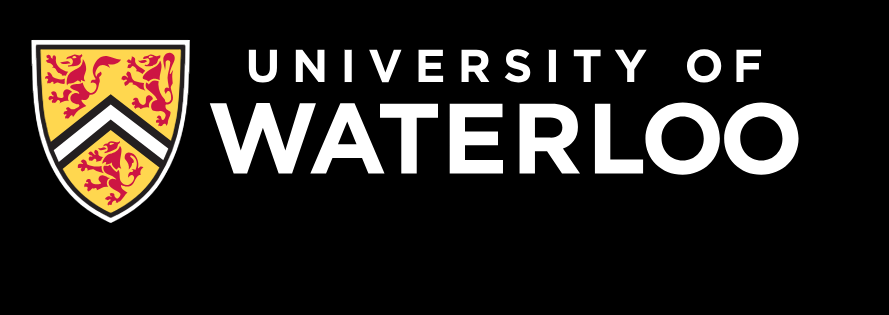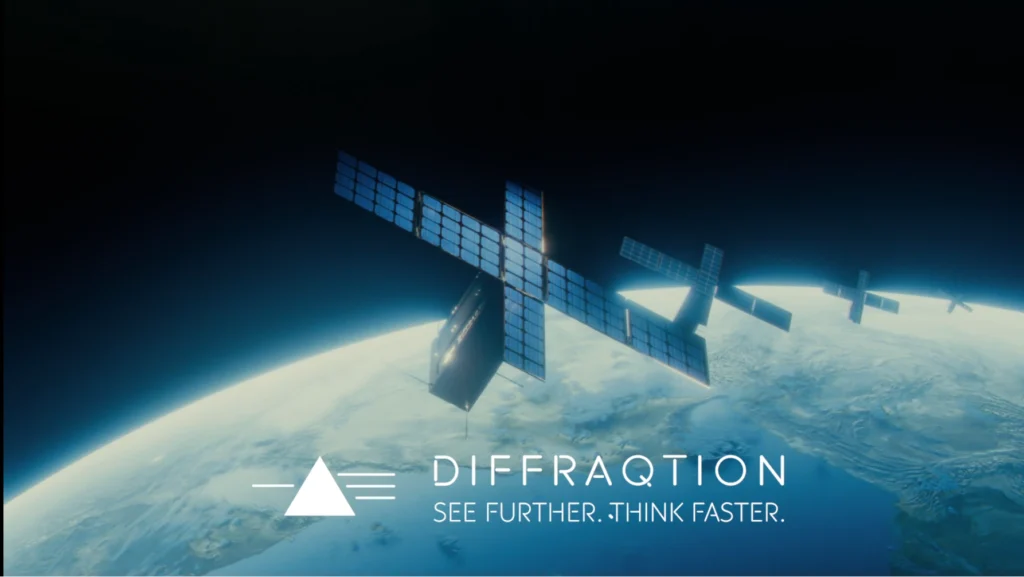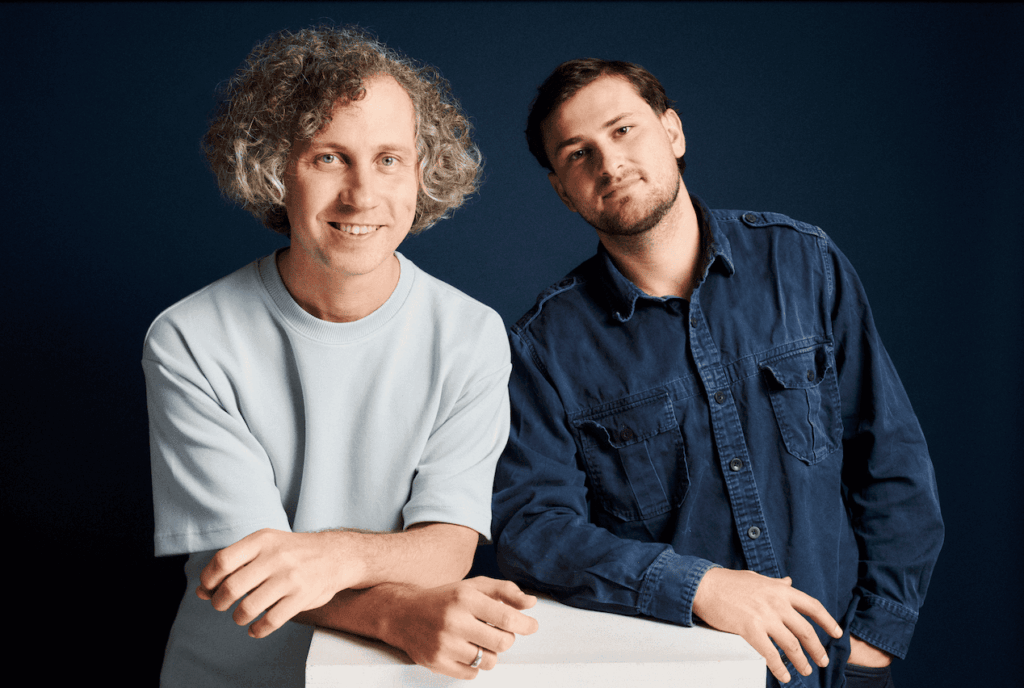Insider Brief
- John Donohue, from the University of Waterloo, seeks to demystify quantum mechanics, presenting it as a practical and understandable “rule book of the universe” in his TEDx talk.
- He advocates using quantum computing to break down complex quantum concepts into more accessible ideas, particularly through the use of qubits.
- Donohue stresses the importance of interdisciplinary collaboration in building the quantum future, making quantum science approachable and relevant across various fields.
In a world where “quantum” often conjures images of superhero movies or pseudoscientific products, John Donohue, Senior Manager of Scientific Outreach at the Institute for Quantum Computing at the University of Waterloo, wants to demystify quantum mechanics and its revolutionary applications. In his TEDxColumbia Lake Youth talk, Donohue presented an interesting case for understanding quantum mechanics as “the rule book of the universe below what the eye can see.”
Donohue challenged the common perception of quantum mechanics as an incomprehensible theory.
“If we understand the rules of quantum mechanics, we can model their behavior to incredible precision,” Donohue argued. This understanding has already led to numerous everyday technologies, from laser pointers to MRI machines, demonstrating that quantum mechanics is not just theoretical but practical.
The heart of Donohue’s proposition lies in using quantum computing as a gateway to understanding quantum mechanics.

“Can we use quantum computing to understand how the world works? Can we use quantum computing to break quantum ideas into bite-sized chunks that we can more effectively understand?” he asked. This approach aims to make quantum concepts more accessible and less intimidating.
Donohue introduced the concept of qubits, or quantum bits, as a fundamental building block for understanding quantum mechanics. He explained: “What’s a qubit? What’s a quantum bit? Well, that’s also going to be something physical, but instead of being well described by the laws of classical physics, it’s going to be a bit of information encoded in something where the laws of quantum mechanics become important.”
By focusing on these simple quantum systems, Donohue believes we can more easily grasp complex quantum phenomena.
“We use qubits to understand quantum phenomena in a straightforward way by starting with these fundamental building blocks and building on those with hands-on experience,” he said. This has been successful in the Quantum School for Young Students program, which has educated over a thousand students in the past 15 years.
Looking to the future, Donohue sees quantum science as a truly interdisciplinary field.
“If we want to build the quantum future, one of the first things we have to do is build bridges between these communities and have them establish common languages to work together,” said Donohue. This collaborative approach encompasses physics, computer science, chemistry, engineering, and mathematics, offering diverse pathways for students to engage with quantum science.
As quantum technologies continue to advance, Donohue’s work in untangling quantum mechanics and inspiring the next generation of quantum scientists becomes increasingly crucial. Breaking down complicated concepts into easily understandable units and encouraging interdisciplinary interaction will ensure that the quantum future is accessible to all so that new realms of scientific understanding and technological innovation can be unlocked.

















